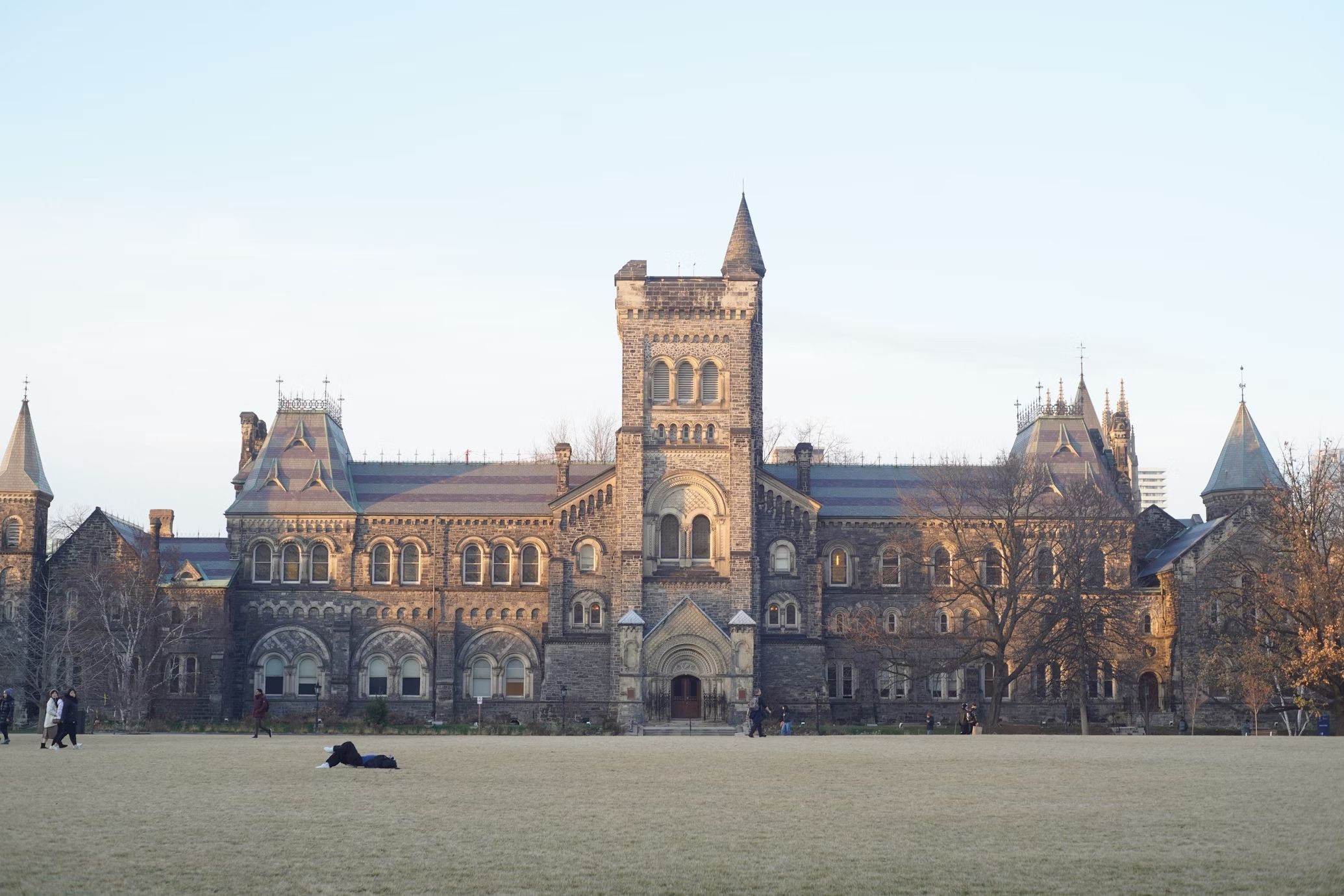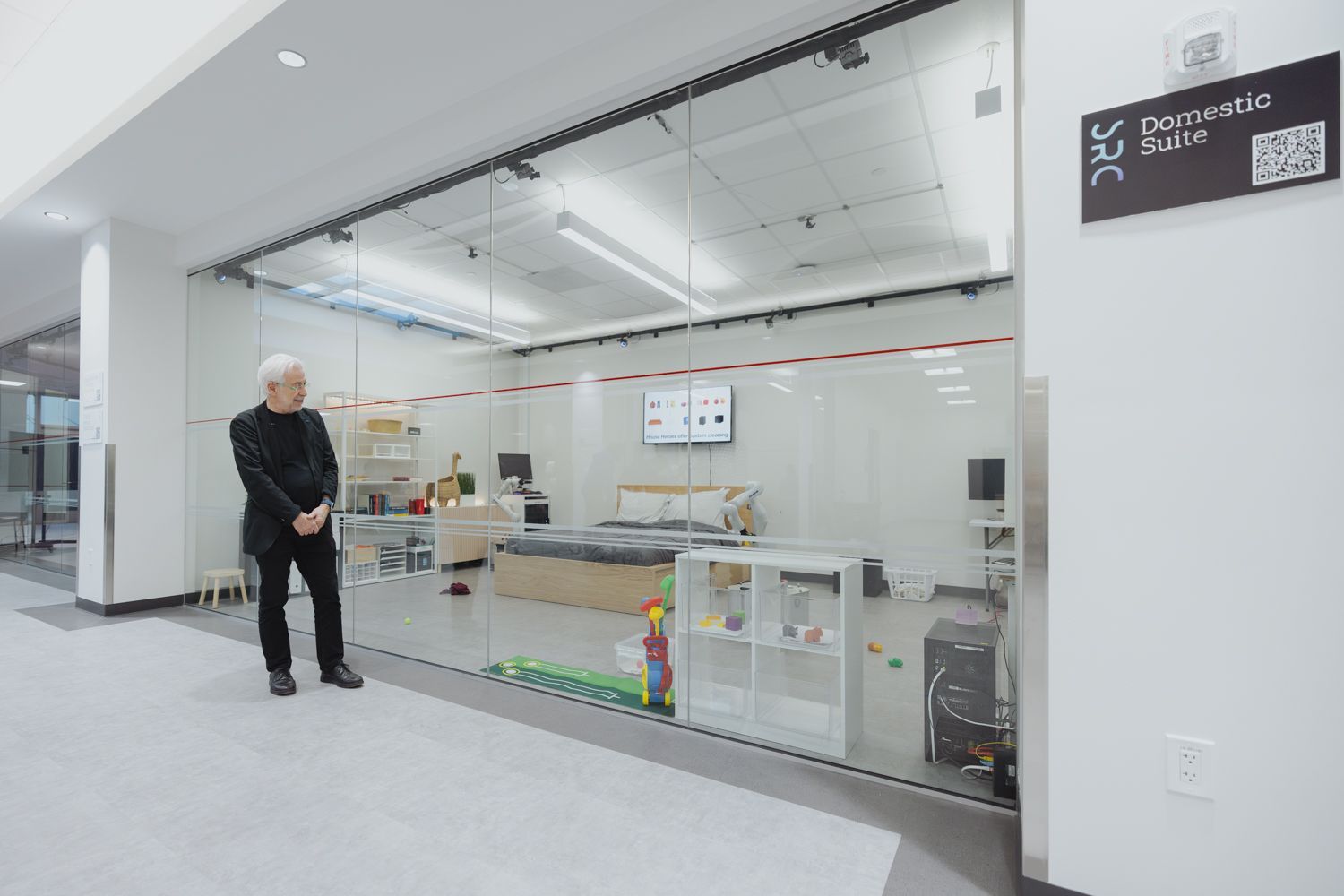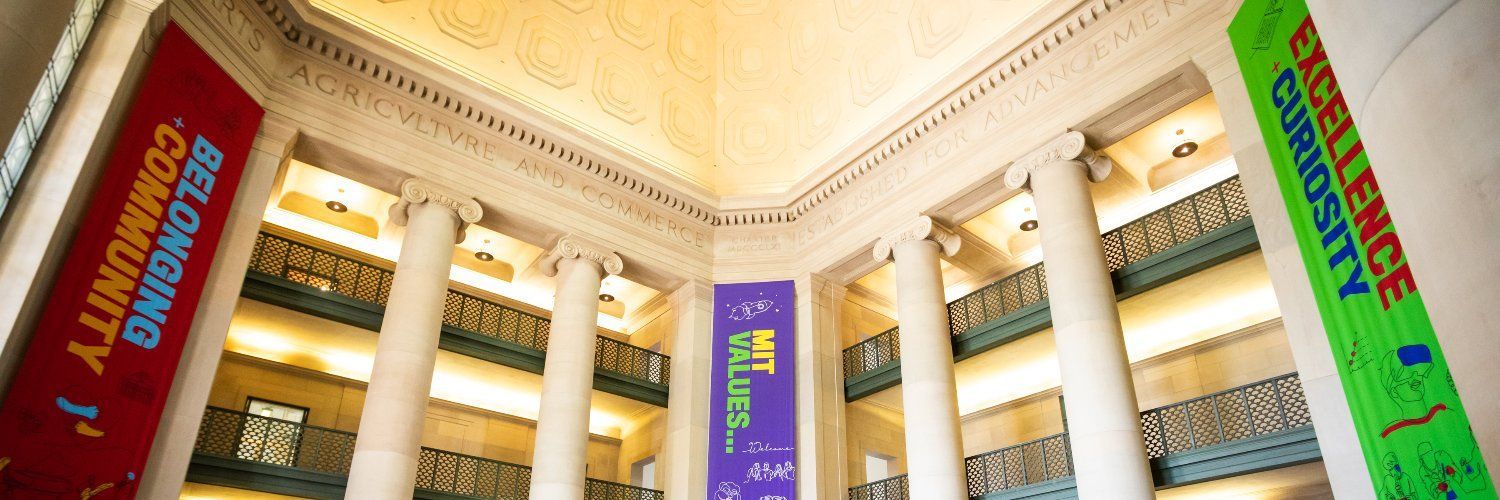His team at MIT's SPARK Lab develops ways for robots to interpret objects and their relationships in any setting.
Thanks to advancements in LLMs (large language models) such as ChatGPT, robots of different designs and configurations can be equipped with better task planning and reasoning processes. This is all according to Stanford University’s Jeannette Bohg, a prominent robotics expert, during an episode of The Future of Everything podcast.

Canada ranks 15th among 20 countries in industrial robot use, the International Federation of Robotics reports.
Researchers at Stanford had developed a groundbreaking system that can use natural language instructions to generate long-horizon and realistic human-object interactions. This innovative technology combines advanced natural language processing with motion generation and reinforcement learning, allowing for seamless interactions that include precise finger movements.

The center opened November 1 with demonstrations showing robotic arms doing household tasks and simulated surgery using special cameras.
UK company Engineered Arts created the robot, which moves and responds like a human using advanced AI technology.

Researchers at MIT's Computer Science and Artificial Intelligence Laboratory (CSAIL) have developed an innovative method to enable robots to safely tackle open-ended tasks. Named "Planning for Robots via Code for Continuous Constraint Satisfaction" (PRoC3S), this approach combines large language models (LLMs) with simulations to help robots understand their limitations and effectively carry out complex chores.
MIT engineers have unveiled DrivAerNet++, a groundbreaking open-source dataset that promises to revolutionize vehicle design through artificial intelligence. Featuring over 8,000 3D car designs with comprehensive aerodynamic data, the project aims to accelerate the development of fuel-efficient and environmentally friendly vehicles.